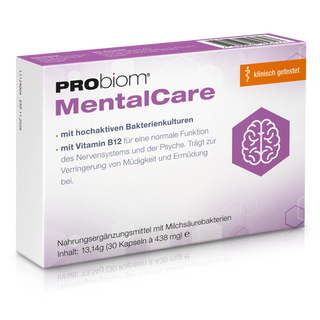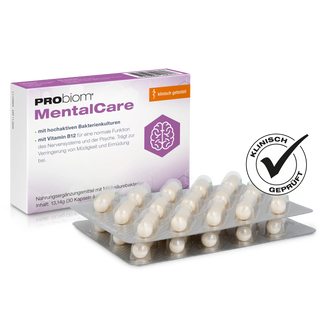A sudden rash, shortness of breath, or dizziness after an insect bite or eating certain foods? What starts out harmlessly can quickly develop into a life-threatening condition: allergic shock. This acute form of allergic reaction affects thousands of people in Germany every year and is a medical emergency. In this article, you'll learn how allergic shock develops, what symptoms occur, how to react correctly in an emergency, and what preventative measures exist. It's especially important for those affected and those around them to be prepared and to act quickly and effectively in an emergency.
What is allergic shock?
Allergic shock, also known as anaphylactic shock or anaphylaxis, is the most severe form of allergic reaction. The body reacts to an allergen with an exaggerated immune response that can become life-threatening within minutes. Without prompt treatment, it can lead to circulatory failure, respiratory distress, and unconsciousness.
Causes of allergic shock
The most common triggers for anaphylactic shock are:
-
Insect poisons (e.g. bee or wasp venom)
-
Food (e.g. peanuts, shellfish, milk, soy)
-
Medications (e.g. antibiotics, painkillers)
-
Contrast agents in medical examinations
-
latex
Even the smallest amounts of these triggers can cause a massive reaction in sensitive people.
Symptoms of an allergic shock
Symptoms usually appear very quickly, often within minutes of contact with the allergen. Typical signs include:
-
Skin reactions: redness, hives, itching, swelling (e.g. lips, eyelids)
-
Breathing difficulties: shortness of breath, wheezing, chest tightness
-
Cardiovascular: rapid pulse, drop in blood pressure, dizziness, fainting
-
Gastrointestinal: nausea, vomiting, abdominal cramps, diarrhea
-
Disturbances of consciousness up to circulatory arrest
Not all symptoms necessarily occur simultaneously. However, any suspected anaphylaxis should be treated immediately as an emergency.
Immediate measures in case of allergic shock
In an emergency, every minute counts. Here's what you should do in case of anaphylactic shock:
-
Dial emergency number (112) : Request professional help immediately.
-
Use an adrenaline auto-injector : If available (e.g. EpiPen), inject immediately into the thigh.
-
Positioning : Lay the victim flat with legs elevated. If breathing is difficult, keep the victim upright.
-
Open tight clothing and allow fresh air.
-
Calm down : Panic worsens symptoms.
-
Second dose of adrenaline : If there is no improvement after 5-10 minutes, administer a second dose (if available).
Diagnosis and medical clarification
After an allergic shock, a detailed analysis of the causes is usually carried out by an allergist. This includes:
-
Skin tests (prick tests)
-
Blood tests (IgE antibodies)
-
Provocation tests (only under medical supervision!)
Identifying the triggering allergen is essential to prevent future anaphylaxis.
Long-term precautions: How you can protect yourself
For people with a known risk of anaphylaxis, preparation is crucial. This includes:
-
Emergency kit : Adrenaline auto-injector, antihistamine, cortisone (tablets or drops)
-
Allergy passport : Documents the allergen and the recommended treatment.
-
Medical bracelet : Warns third parties (e.g. rescue workers) in an emergency.
-
Avoiding the allergen : e.g. reading ingredient lists, using insect repellent in summer.
-
Training and education : Patients and their families should know how to act in an emergency.
Children and allergy shock
Children can also be affected by anaphylaxis, especially in cases of food allergies. Kindergartens and schools should be informed about the allergy and familiar with how to deal with it. Emergency kits should always be readily available, and the child should be informed (age-appropriately) about their own illness.
Psychological stress due to anaphylaxis
Experiencing an allergic shock can be traumatic. Many sufferers live in constant fear of another shock. Psychological counseling or support groups can help reduce anxiety and enable them to cope with everyday life safely again.
Conclusion
Allergic shock is a life-threatening complication that requires immediate action. Knowing your allergens, carrying an emergency kit, and knowing what to do in an emergency can significantly reduce your risk. The combination of medical prevention, education, and psychological stability is the key to a safe life despite severe allergies.
















